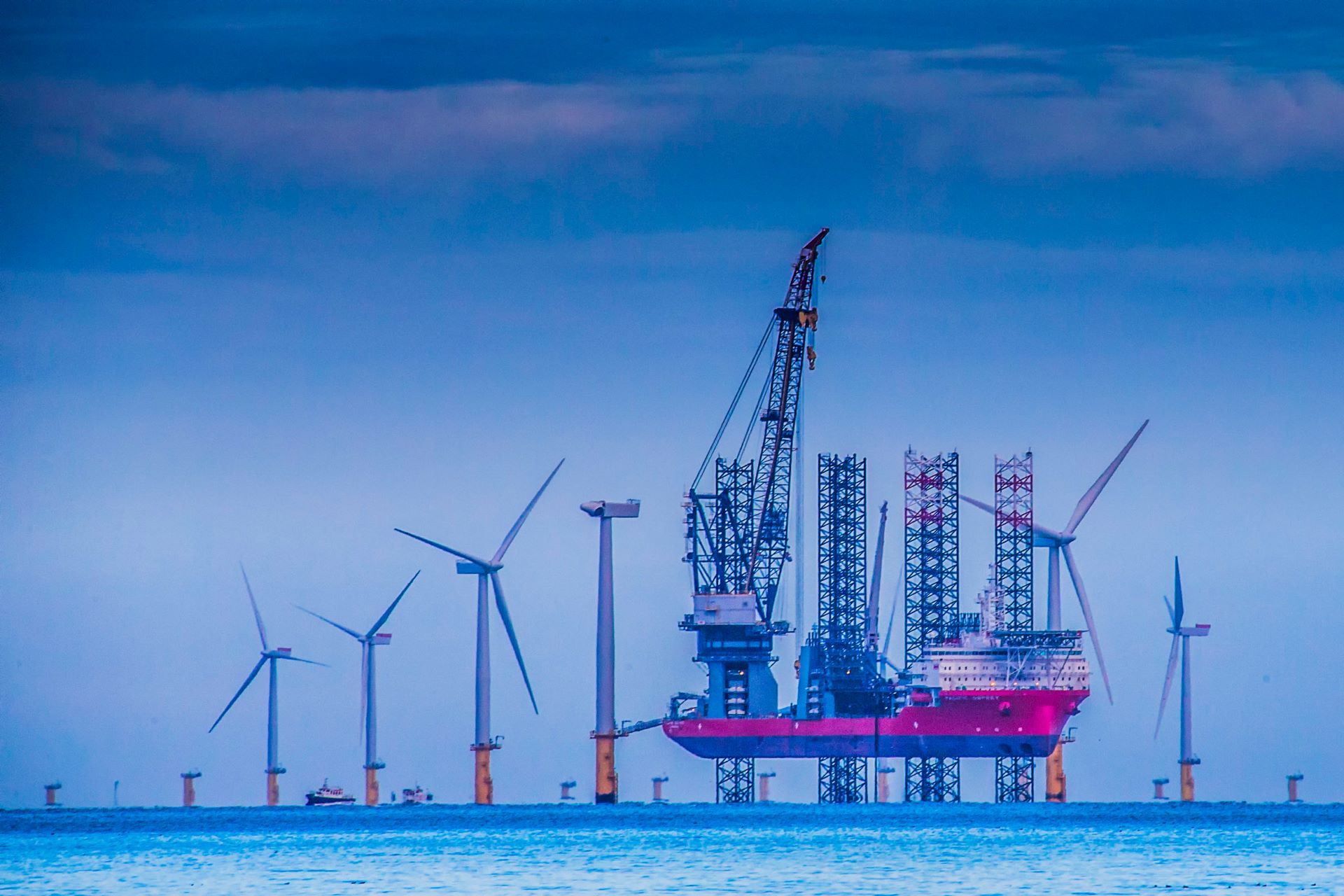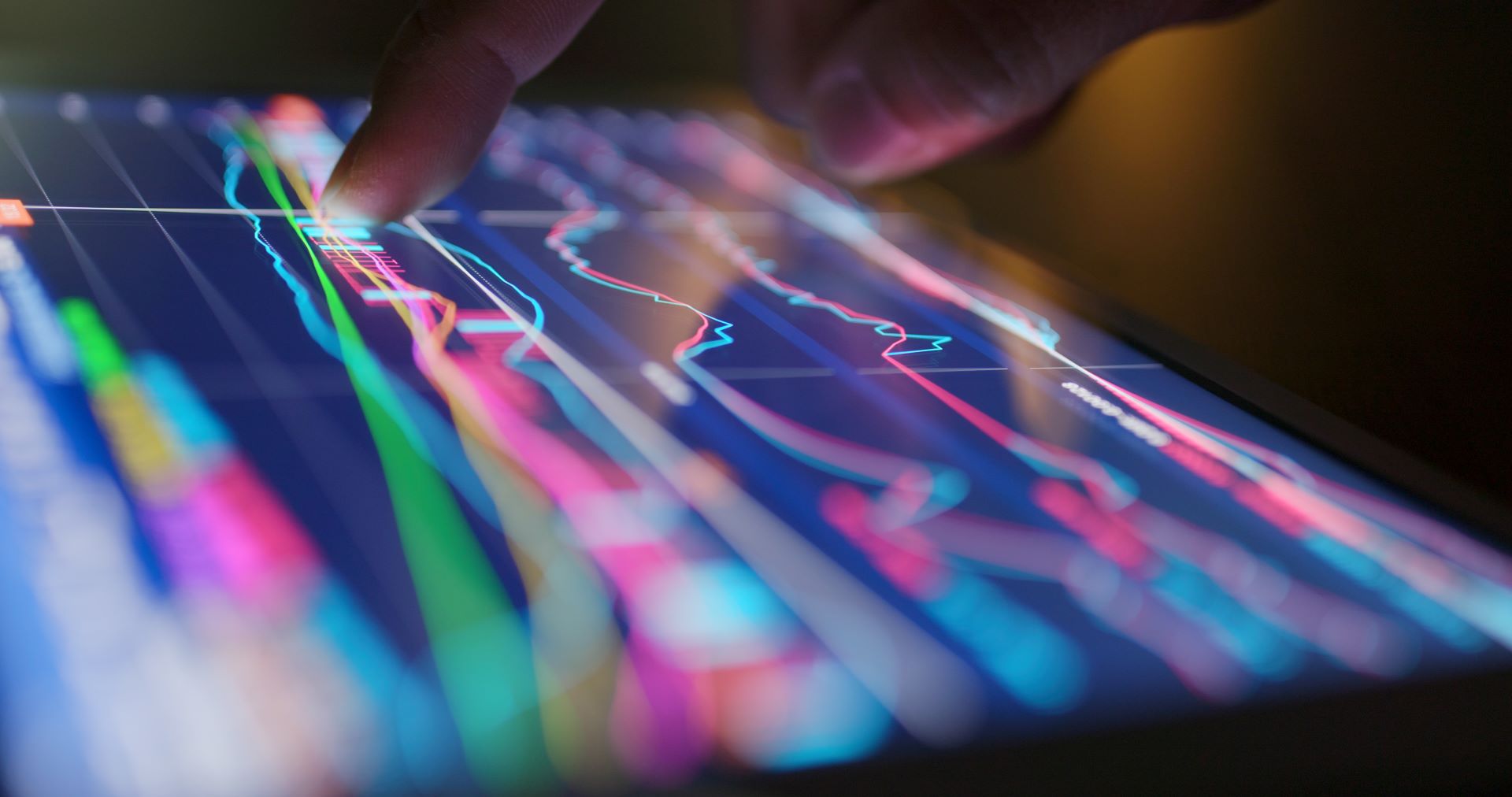Glossary
Glossary

OVERVIEW:
Progress on electricity has been too slow
The growing share of solar and wind and the increasing move away from gas for power and flexibility provision, along with policy boosts from the Fit for 55 package and REPowerEU, provide a positive outlook.
The power sector decarbonisation continues to be too slow to be in line with the EU’s long-term climate target, unchanged from last year’s report. The increase in coal power generation in the aftermath of the energy prices crisis has temporarily increased emissions. But favourable weather conditions, continued uptake of renewable energy sources (RES) and lower demand have allowed the emissions to fall again in 2023. In many important areas that are enabling the transition of the electricity sector, the trends do not show sufficient progress yet. This includes investments into grid infrastructure, digitalisation efforts such as smart meters, the provision of non-fossil flexibilities, especially storage and demand-side management (DSM) or electrification of demand sectors.
The EU has put policy frameworks in place in all major areas addressed in this report. The updated RES targets, permitting rules and revised guidance for power market design rules aim to further strengthen RES uptake. Other policy areas are far less advanced. Digitalisation and grid development are mainly supported at the EU level through the initiation of planning processes, but the slow uptake points to insufficient policy and/
or implementation. While non-fossil storage and demand-side management have seen a significant policy push at the EU level, a trend towards fossil flexibility solutions, especially fossil gas, can be observed in capacity markets. The EU, through its taxonomy and other policies, is sending the wrong policy signals, enabling continued investments into fossil gas.
Member States need to update their currently largely insufficient RES targets in line with the RED III. A related proper national policy design, including policies to remove barriers for wind energy and to implement contracts for difference (CFDs) would support continued RES uptake. Similarly, Member States need to further develop schemes to enable the uptake of non-fossil flexibility options, such as the creation of a level playing field in market-based solutions such as capacity mechanisms, and should consider setting flexibility targets. Efforts to enable the digitalisation of the grid, such as faster rollout of smart meters, need to be intensified and investments into the grid increased. All this needs
to be paralleled by continued planning and coordination from EU level entities, such as the Agency for the Cooperation of Energy Regulators (ACER) and the EC.
OBJECTIVES
Objectives describe what needs to be achieved in each building block to reach climate neutrality.
Objective
Decarbonising electricity supply and phasing out fossil fuels
Emissions in the power sector are on track with the EU’s own set trajectory but require more effort to also stay on track moving forward. Electricity demand is set to increase due to electrification in other sectors. A sustained decrease in emission intensity requires a stronger uptake of renewables. Fossil fuel phase out in the power sector is too slow in comparison to the EU’s own trajectory. A historic shift from coal to gas needs to be followed by a shift from gas to renewables, and even has been reversed due to the gas crisis. Especially gas phase out needs to be accelerated.
GHG emissions of electricity generation

This indicator shows the past development of GHG emissions from electricity generation in comparison to the EU trajectory of reaching a reduction in emissions of 78% in 2030 compared to 2005 levels.
Data show an annual decrease of 40.9 MtCO2e between 2018 and 2023. This is slower than the benchmark trajectory, where the required annual decrease between 2023 and 2030 needs to be 47.4 MtCO2e.
The indicator includes all GHG emissions from central energy generation which is primarily the generation of electricity from power stations, combined heat and power stations as well as a small share of central heat generation.
Share of fossil fuel-fired power generation

This indicator shows past development in the share of fossil fuels in electricity generation in comparison to the EU target of reaching a share of 17.1% in 2030.
Data show an annual decrease of 1.3 %-points between 2018 and 2023. To meet the benchmark, the required annual decrease between 2023 and 2030 needs to be 2.2 %-points, which is 1.8 times faster than the current rate of progress.
The indicator shows the share of fossil-fuel power generation in total electricity generation.
Share of gas fired power generation

This indicator shows the share of coal-fired power generation in electricity generation. The data show an annual increase of 0.1% between 2018 and 2023. This development was far too slow.
The indicator shows the share of gas-fired power generation in total electricity generation.
Share of coal-fired power generation

This indicator shows the share of coal-fired power generation in electricity generation. The data show an annual increase of 1.1% between 2018 and 2023. This development was too slow.
The indicator shows the share of coal-fired power generation in total electricity generation.
ENABLERS
Enablers are the supporting conditions and underlying changes needed to meet the objectives in a given building block. They are the opposite of barriers or inhibitors.
Enabler 1
Reforming electricity markets
The share of the variable renewables, wind and solar, in electricity generation continues to increase, but progress is still too slow for the EU’s trajectory toward climate neutrality. On average, it increased 2.2%-points per year over the last five years, a significant increase of 0.6%-points over last year’s report and the reason why the enabler moved from “far too slow” to “too slow”. While the integration of European electricity markets is a central part of the market design reform to enable the uptake of renewables, there continues to be a lack of indicators with good data quality and data availability.
Share of variable renewable electricity

This indicator shows past development in the generation share of variable renewable energy sources (wind and solar) in comparison to the EU trajectory of reaching a 47% share in electricity generation in 2030.
The data show an annual increase of 2.2 %-points between 2018 and 2023. To meet the target, the required annual change between 2023 and 2030 needs to be 3.1 %-points, which is 1.4 times faster than the current rate of progress.
The indicator compares the electricity generation from variable renewable energies such as wind and solar with total electricity generation.
Electricity interconnector capacity availability for cross-zonal trading

The indicator measures in how far TSOs in countries are setting aside interconnector capacity for cross zonal trading. It is a proxy for measuring the transmission grid interconnection between countries and thus reflects the progress towards and integrated European Grid. The EU set target for a minimum of 70% of electricity interconnector capacity for cross-zonal trading.
There is not enough data to track this indicator, but a qualitative comparison suggests that change is far too slow.
The indicator is defined by the EU as the electricity interconnector capacity for cross-zonal trading that Transmission System Operators (TSOs) have to provide.
Enabler 2
Building out, digitalising, and enhancing the grid
Investments into the electricity grid continue to increase in the EU, but it remains difficult to judge to what extend these are sufficient to be in line with the long-term climate target due to a mismatch in the scope of the data. The share of smart meters, enabling prosumer participation and being an instrumental part for the digitalisation of the grid, continues to grow, but at a pace that is far too slow.
Investment into power grid

This indicator shows past development in investments in electricity grid infrastructure (transmission and distribution). While data for the historical trend as well as for a future benchmark are available, differences in how these are defined in terms of scope of the definition do not allow for a comparison of the trend with the benchmark.
Data show an annual increase of 2.7mEUR/year between 2021 and 2022. This development was heading in the right direction but was too slow as the EU suggests 84 bln EUR per year between 2031-2040.
The indicator describes investments in electricity networks as defined by the IEA.
Share of electric smart meters

This indicator shows past development in the share of smart meters in electric meters. Smart meters allow prosumers and consumers to account for electricity generated locally and fed into the grid. While there is no official benchmark data, a share close to 100% would enable the digitalisation of the grid and thus the energy transition.
Data show an annual increase of 14,8% between 2018 and 2022, which was far too slow because a continuation of the trend would mean that the EU would reach a 100% diffusion only close to 2030.
The indicator describes the share of electricity metering points that were equipped with a smart meter.
Enabler 3
Increasing non-fossil demand and supply flexibility
There continues to be a lack of comprehensive data on demand and supply flexibility. Indicative targets for energy storage suggest a need of 200 GW by 2030; similar figures do not exist for demand flexibility. A look at the development of battery storage capacity highlights that progress is far too slow. This is especially critical as flexibility needs are predicted to double by 2030. Non-fossil flexibility is decreasing in existing capacity mechanisms, and new flexibility sources start from a low level and are picking up far too slowly. Also, electrification is advancing far too slowly, with the share of electricity in energy consumption having stagnated in the last five years.
Battery storage capacity

This indicator shows the development of the installed capacity of battery storage technologies in comparison to the EU trajectory of reaching 38GW in 2040. The data show an annual increase of 1,3 GW between 2017 and 2022. To meet the target, the required annual change between 2020 and 2050 needs to be 3.4 GW, which is 2.5 times faster than the current rate of progress. This development was far too slow.
The indicator shows the installed capacity of battery storage technologies.
Non- fossil participation in capacity markets

This indicator shows the share of the participation of renewable energy and demand response (framed here as “non-fossil”) in capacity markets. The data show an annual decrease of 7.2 % between 2018 and 2023. This development is heading in the wrong direction.
This indicators shows the share of non-fossil capacity (renewable energy and demand response) remunerated in existing capacity mechanisms in the European Union.
Flexible power demand

This indicator shows past development in flexible power demand in the EU. Flexible power demand, such as large industrial consumers, electric vehicles, or appliances can play an important role in a future power system that cannot rely on fossil-based flexibility options.
Data is insufficient as there is only one data point available, and hence no trend can be derived.
The indicator measures the yearly available flexible power demand.
Share of electricity in final energy demand

This indicator shows the share of electricity in final energy demand in comparison to the EU trajectory of reaching a share of electricity of 57% in 2050. The data show an annual increase of 0,02% between 2017 and 2022. To meet the target, the required annual change between 2020 and 2050 needs to be 1.2 %-points, which is 56 times faster than the current rate of progress. This development was far too slow.
The indicator shows the share of share of electricity in final energy demand, and reflects the level of electrification.





